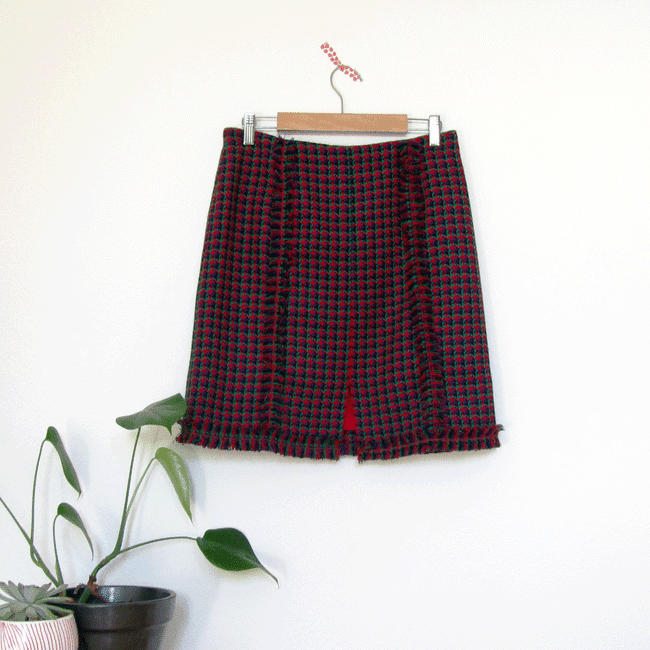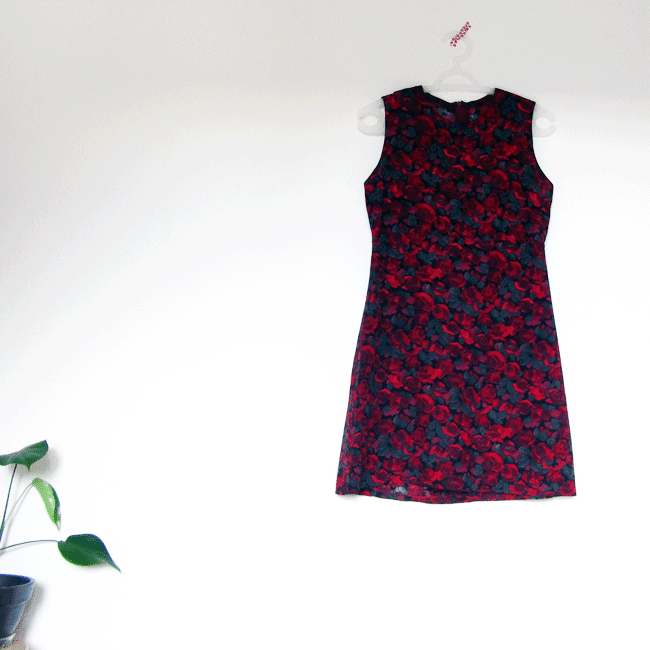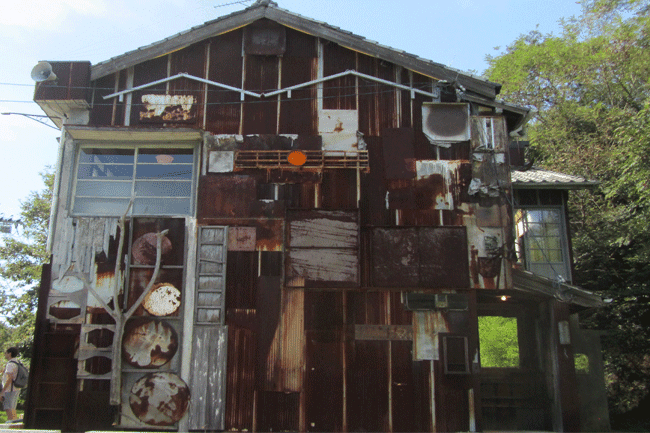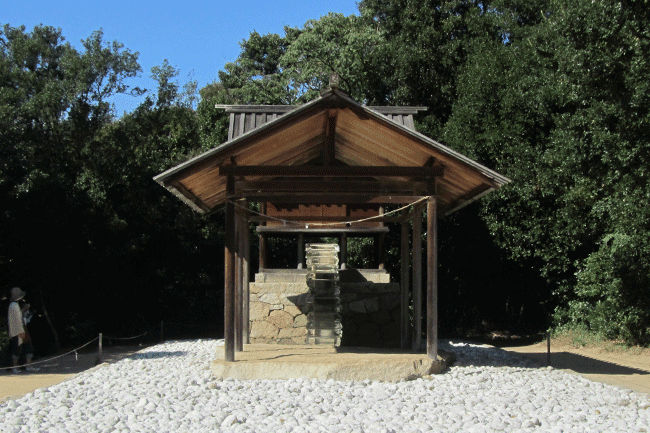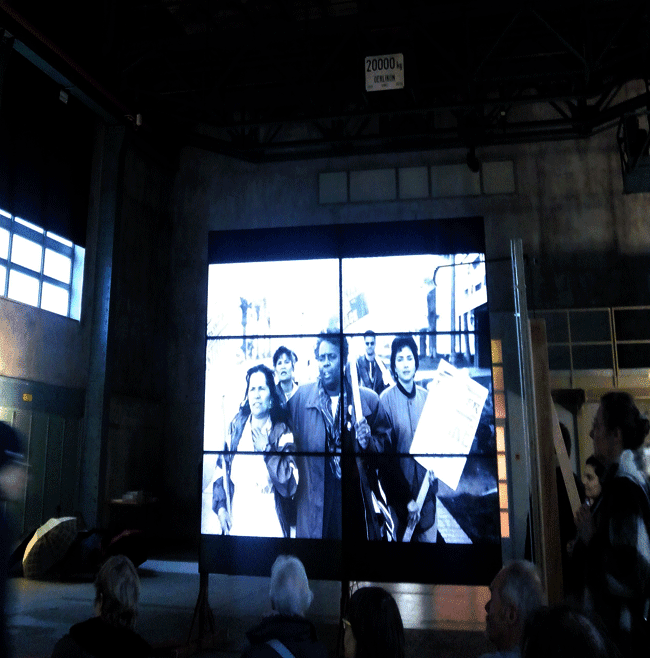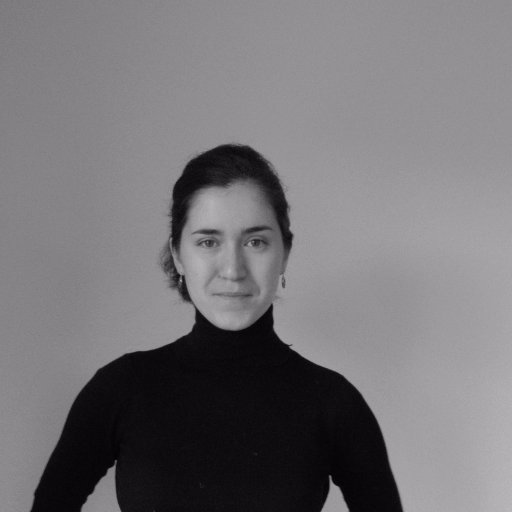I
remember the clothes that my mom sewed for me. I think I have these memories
because she is still makes me some dresses from time to time.
I don´t
remember many things about my childhood, in fact I'm not sure if what I remember
is real or a story told by my mom or dad. Maybe it is best to imagine a picture
in which I appear as a small girl, with big eyes and a short haircut (like my
brother, who is 3 years older than me).
Thinking
about my childhood I've realized I remember the clothes that my mom sewed for me.
I think I have these memories because she is still makes me some dresses from
time to time.
We used to
live in a small village, where there wasn't a single fabric shop, so we had to
go to the big city. I remember these days as nice. We woke up early, my dad
drove and my brother and I sat in the backseat pretending predict the future.
We had to guess what color the car that went past us would be.
I remember
my mom had a look over a lot of patterns' magazines, she selected some models
for me and when we visited the fabric shop she spent a lot of time talking to
the salesperson and trying to decide what woven fabric fitted best for the
model. Eventually she bought the fabric, the buttons, zippers, everything she
needed. After some weeks she finished it and I had a new dress sewn by my mom.
I remember
one of them well. A two piece dress in tones of brown, with a small square
pattern. I wore that dress during a visit to Burgos. It was summer, I was
wearing it and I sitting on a bench eating a chocolate ice cream and I stained
it
Today as consumer I take care about the products that I
buy, for that I really happy my mom sparks her creativity and enjoy her
passion, design and fashion, sewing cloths for her, for my nieces and me. I
like it and I appreciate it very much, I’m proud of her and it is lovely to
wear something that has been made with lots of love.
How is your consumer behavior related with the fashion
industry?
If you look up the meaning of the term art, the dictionary says that it is paintings, drawings, and sculptures
that are created to be beautiful or to express ideas. But if you search
instead for many of nowadays visual arts performances, you will probably find
that they are in a group called art
activism, a term used to describe art
that is grounded in the act of ‘doing’ and addresses political or social issues.
If you think about how many times in your life you could wear a
lifejacket, the answer is probably never or just in the case where you are
practicing certain types of aquatic sports, in any case pleasant situations.
But if you ask the same question to a Syrian refugee the answer, which in a
different world could be the same, will be that they had to use it when leaving
their homes because of a civil war.
The image of one of these life vests in daily our lives could give us a
new perspective on the meaning of this object thanks to the installations of Ai
Weiwei. The author conveys a new use for it bringing life vests from the shores
of Greek beaches and transporting them to the most important buildings in Europe.
The author identified every person who wore these objects. Every one of these
lifejackets represents a refugee who ran away from a devastating war.
The transforming of this everyday object into an installation is an
attempt to draw our eyes and ears to the Syrian refugee crisis. It’s a piece of
art, a way to avoid forgetting what society does during a specific period of
time.
Is Ai Wei Wei works' art activism?
Pictures: @aiweiwei IG
I realized that I am a deep art lover when I found myself on Naoshima, a remote island in the Seto Inland See of Japan.
It was the first day of autumn and it was warm yet. I decided to go there when I picked up lonely planet guide about Japan and found this island, but when we took the first train of our journey to Naoshima I didn't feel sure about my decision, the further we went, the less English and fewer tourist indicatinos we found there and, finally, we took the last ferry to the island in the nick of time. Eventually we arrived, at night, a desert island, where a giant red and black pumpkin received us.
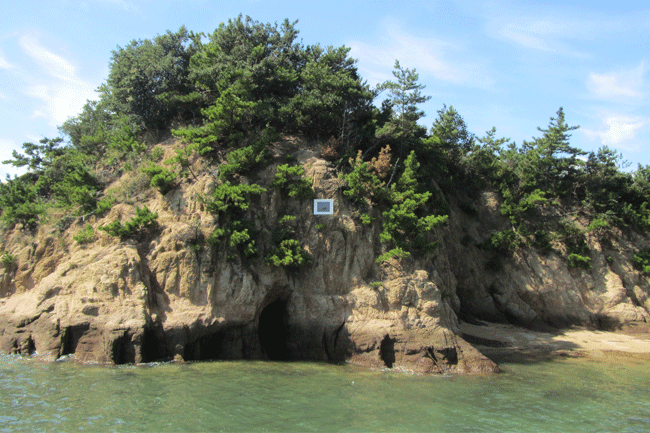

As soon as the sun rose we
woke up, took a shower, had breakfast and rented a bike to go through the
island, it’s the best way to see all around the island and without missing
anything!
It was too early when we
arrived to The Benesse Art House, but it was not a
problem, we saw the big yellow Pumpkin from Yayoi Kusama, a symbol of the new
way of the island. And we continued to the beach where you can find some
sculptures and some pieces of art camouflaged with the surroundings and we got
to the exterior of The Lee Ufan Museum, a modern architecture building made of
cold cement forming geometrical lines
and big structures.
Finally, we entered the
Benesse Museum, a place based on the concept "Coexistence of nature, art
and architecture". A great experience where you can see contemporary and
modern art in a Tadao Ando building and see the work of some artist like Yves
Klein, Cy Twombly, Hiroshi Sugimoto, Jean-Michel Basquiat, Yasumasa Morimura,
Andy Warhol and Gerard Richter. The unfortunate thing was you cannot access to
the center of the building if you’re not a guest of the hotel within it, so…we couldn’t
see it.
In my opinion, the greatest part of the island is not the Benesse Museum, but it’s the entire gallery and the pieces of art around the island, like a wooden building designed by Tadao Ando where you can see “Minamidera”, you go inside the building, enter a completely dark room, take a seat and then a strange sensation about how you see and what is real invades yourself.
Sites like “I love you”, a public bath which is also an artwork. The “Go’O Shrine” which its steps seems ice blocks. “Haisha” a house with a life-size Statue of Liberty inside. Or the traditional Japanese gardens like you find in “Gokaisho” or in “The Garden of Kū”.
In the meantime we enjoyed delicious food prepared with fish in a modern restaurant run by a young couple and later a delicious dinner before took the last ferry to our next stop, Osaka.
Where is the furthest place you have been to enjoy art? Have you ever been to Naoshima? Where is the strangest place you have gone to see art work?
Don't miss W O M A N: New Portraits for the "Women for Women" an exhibition of the American photographer Annie Leibovitz.
Why souldn´t you miss it?
You enter an insdustrial space and see art on two gigantic screens wich project the work of the artit. Each of the photographs has a story and you can learn more about the woman depicted in them by reading the exhibition's brochure. While the pictures appear on the screen music plays, there's no silence, the music and images invade you. And they are works made by a woma, with women, and for everyone.
Where? ewz Unterwerk Selnau, Zurich (map)
Until when? Until next 19th February.
More info: micro-site
Have you visited it? Do you have any other recommendations in the city?
I got my act together and I didn't rush into any decisions, I've taken my time to reflect and here I am, re-opening my blog, showing my ideas and sharing my experience with YOU!
If you want to know what you can find here from now on clik here.
I encourage you to ask me question when you have it, ot to just share with me your impressions about the themes that I'm going to write about.
Take a comfortable seat and let's get started.



